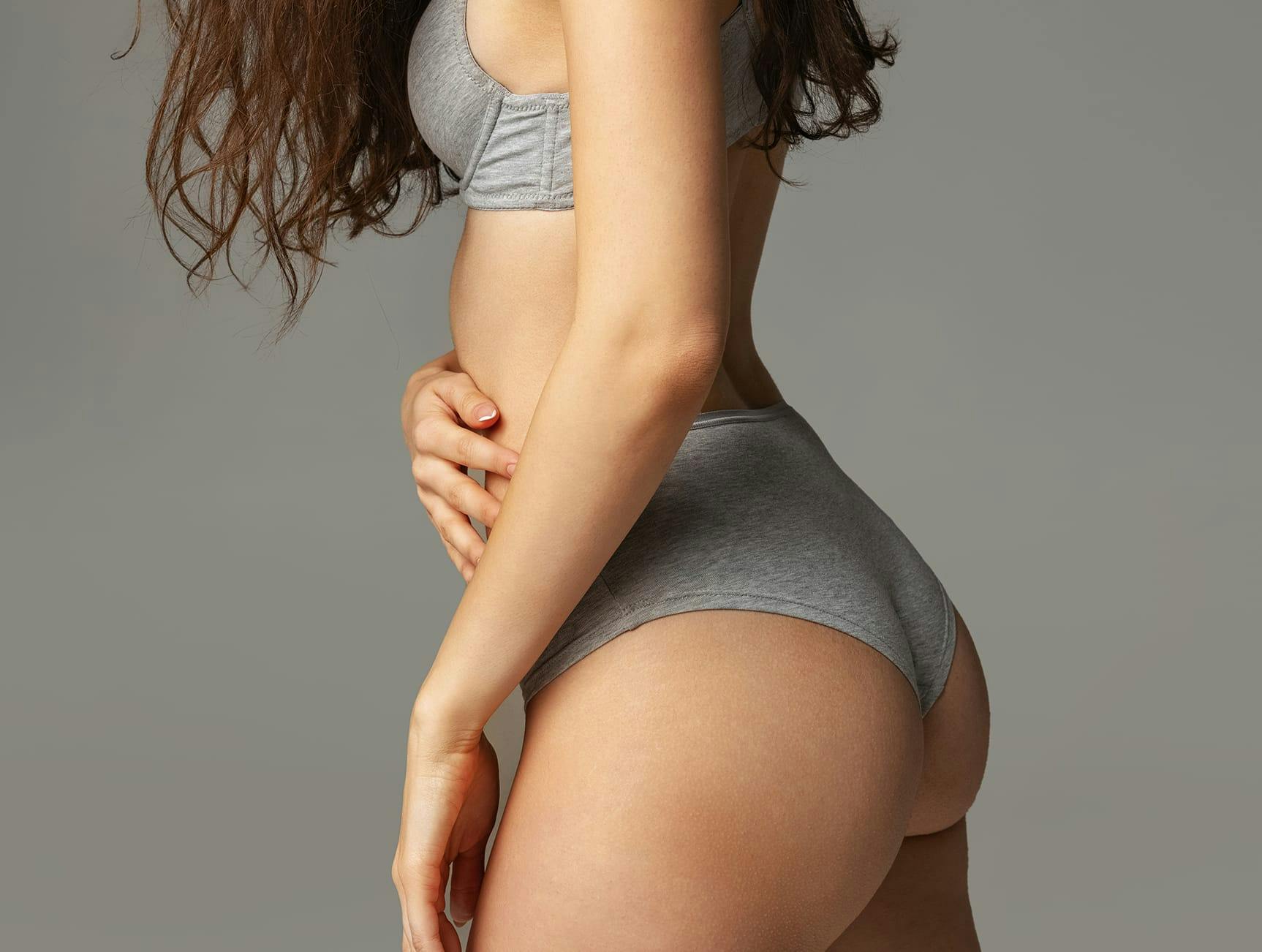Fat grafting is used as facial rejuvenation and buttock augmentation technique. It restores facial tissues that have lost volume during the aging process or fill in depressed areas due to acne, scarring, or disease.
Who is a candidate for fat grafting?
If you are unhappy with your facial proportions relative to the rest of your face, want to restore sunken cheeks or laugh lines; fill out skin depressions or indentations; minimize forehead wrinkles; enhance the lips; or fill specific areas of the buttock or the entire buttock, if desired. These can all be addressed through fat grafting procedures.

How is fat grafting done?
Fat grafting offers profound applications for aesthetic and reconstructive use. In addition to “pushing or plumping out” the skin like synthetic fillers, it actually makes a structural change. Essentially, our San Francisco cosmetic surgeons, will harvest fat from one or multiple part/s of the body (abdomen, thighs, hips, arms) under local or general anesthetic prepared and injected in tiny quantities into the face or other areas. Fat is living tissue and under right conditions will survive in its new location. It allows three dimensional augmentations of facial elements through redistributing volume.
Can I do Fat Grafting and other Procedures?
It can be used in conjunction with other fillers or Liposuction to optimize the overall result. Grafted fat becomes integrated into the host tissues and is undetectable after the transplant. In experienced hands, fat grafting is a safe and long lasting method of recontouring.
Other options:
FAQs
Fat Grafting
How long does the fat injection procedure take?
How is fat grafting different from other fillers?
Why would I do fat grafting instead of a facelift?
Is fat grafting always successful?
Which is better if I want buttock augmentation: a buttock implant or fat grafting?
What are some of the complications?
How long does the fat injection procedure take?
It depends upon the area treated. Generally speaking, an hour for lips and six for a full face (when combined with a facelift procedure). Buttock fat grafting takes anywhere from 4 to 6 hours.
How is fat grafting different from other fillers?
Synthetic fillers are temporary. It is used to build lasting structural changes in the face and body. It is biocompatible, versatile, stable, long-lasting and natural appearing.
Why would I do fat grafting instead of a facelift?
New fillers actually fill out the face rather than lift it. Gravity is not the enemy of youth—rather a loss of volume and tissue underneath the skin. Facelifts are still indicated for some patients, but fat grafting is very specific to area: brow, midface, or eyelids.
Is fat grafting always successful?
Successful fat grafting is dependent upon the nature of the fatty tissue, the methods of harvesting, transfer and placement, and the preparation of the patient. Fatty tissue is complex and delicate and easily damaged. It takes complete precision because of the millimeters involved in facial elements. Fat is very small and grafting is a painstaking procedure as it is injected in layers to adhere together.
Which is better if I want buttock augmentation: a buttock implant or fat grafting?
Buttock implants have the potential of moving or sliding in the pocket where they are placed. Fat grafting is particularly attractive to most people because you are taking fat from fatty regions of the body and using this to contour the buttocks. Best of both worlds! Once the fat lives in its new location, fluid collections and mobile implants are not a concern.
What are some of the complications?
Most complications occur in the aesthetic arena and are due to over or under correction. The technique is crucial. A sharp needle can pierce an artery. Fat injected in the wrong location can block capillaries shutting off blood flow, or damage soft tissues. Other complications include infection or fat necrosis (dead fat that may potentially need to be removed through a small incision because of a “bump” felt on exam). Smoking and drinking alcohol can cause additional complications.
It is important to be confident in your practitioner’s credentials and experience with regard to this special technique.






